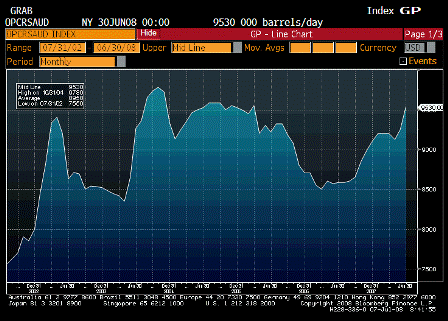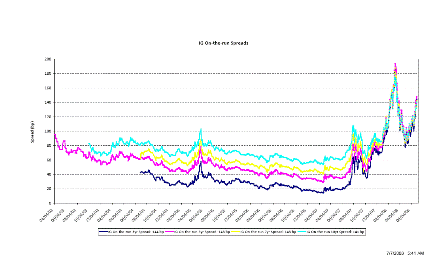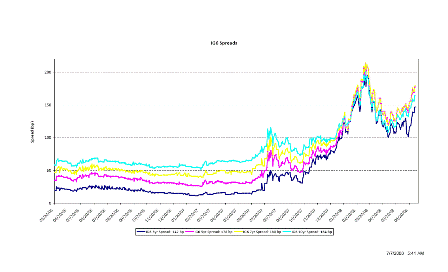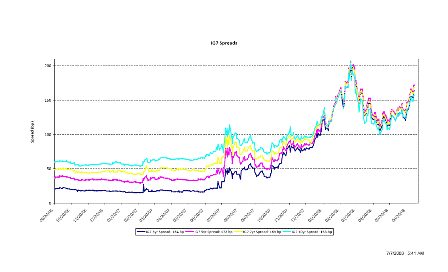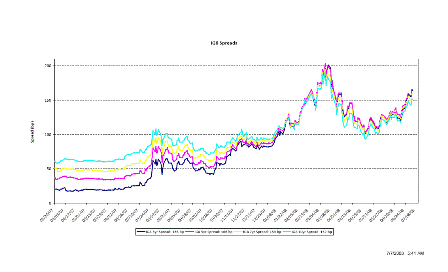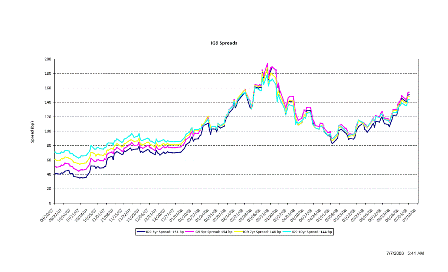Overall starting salaries for 2008 graduates post a 7.1% increase, according to a quarterly report, in spite of the slowdown
by Sara Hennessey
Despite the weak state of the economy and the large number of businesses being forced to make cuts and lay off employees, it seems recent hires can expect to maintain competitive starting salaries, according to a recent 2008 undergraduate study.
The latest quarterly report of salary offers to grads, released by the National Association of Colleges & Employers (NACE) on July 2, shows an overall increase of 7.1% in starting salaries in all majors, compared to a year ago. Increases for business students lagged the overall market, however, posting only a 4% increase.
NACE National Employment Manager Andrea Koncz says the results were surprising because the group’s spring report (BusinessWeek.com, 4/17/08) seemed to hint salary increases would be flattening out due to the economic slowdown. “However, the current report shows that salaries are in fact still rising,” Koncz says.
For business grads, the average salary offers varied by specialty. Business administration and management grads fared especially well, posting a 5.1% increase over the previous year. Marketing grads saw an equally strong increase — 4.7% over last year. Economics majors saw a 4.2% increase, according to the survey, and finance grads saw a 2.8% increase. While accounting grads reported a modest 2.9% increase in their average offer, it’s a gain compared with NACE’s spring report, which found no year-over-year salary increase for accounting majors.
Hiring Down?
As for the hiring outlook, college employment experts remained cautious that the economic downturn will reduce the number of job offers for undergrads. NACE’s Koncz says her organization will begin asking companies about their hiring plans in late summer. In the meantime, she says initial indications are that companies may be cutting back on new hires. “Whereas last year (companies) were saying they would be hiring 16% more graduates, this year they’re anticipating hiring only 8% more,” Koncz says.
Linda Scales, director of career services at the University of San Diego, says that while alums have reported declining job offers, she hasn’t noticed the same trend for recent grads. Scales calls herself “cautiously optimistic” and says she hasn’t noticed companies holding back in offering jobs to recent grads.
“So far, there’s been no downturn,” she says, “and we keep wondering if it’s coming.” Scales adds that companies may have learned from the last recession and recognize that “there’s a continued need for new blood and new hires.”
Tammie King, director of the career management center at Texas Tech University’s Rawls College of Business, agrees that companies are going to continue to hire, albeit cautiously. “Companies that would normally hire, say, eight entry-level employees are hiring only four,” she says.
Whatever the hiring levels, Jeannette Frett, assistant dean and director of career management for the MBA program at Georgetown’s McDonough School of Business, says starting salaries are likely to continue to rise. “It’s really about supply and demand,” Frett says. “Companies are looking to do more with less, and those with the right talent and the right skills will be able to maintain a competitive salary.”

